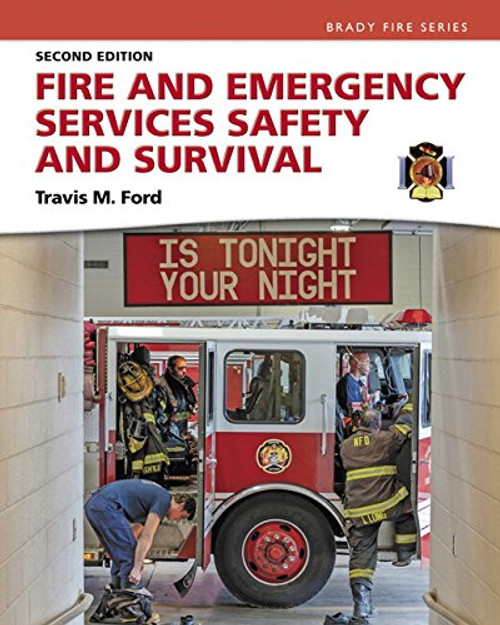Product Overview
In the wake of disaster emergency responders are first on the scene and last to leave. They put concern for the lives of others over concern for their own lives, and work tirelessly to recover the bodies of the missing. Their heroic actions save lives, provide comfort to and care for the wounded and inspire onlookers, but at what cost to themselves? We now know that rescue workers who are exposed to mutilated bodies, mass destruction, multiple casualties, and life-threatening situations may become the hidden victims of disaster. The traumatic consequences of exposure can profoundly impact emergency responders, radiate to their families, and permeate the emergency organization. This much-needed new book, based on the authors' original research and clinical experience, describes the consequences of trauma exposure on police officers, fire fighters, and paramedics. Weaving data collected in large-scale quantitative studies with the personal stories of responders shared in qualitative interviews, this much-needed account explores the personal, organizational, and societal factors that can ameliorate or exacerbate traumatic response. Stress theory, organizational theory, crisis theory, and trauma theory provide a framework for understanding trauma responses and guiding intervention strategies. Using an ecological perspective, the authors explore interventions spanning prevention, disaster response, and follow-up, on individual, family, group, organizational, and community levels. They provide specific suggestions for planning intervention programs, developing trauma response teams, training emergency service responders and mental health professionals, and evaluating the effectiveness of services provided. Disaster, whether large-scale or small, underscores our ongoing vulnerability and the crucial need for response plans that address the health and well being of those who confront disaster on a daily basis. In the Line of Fire speaks directly to these emergency response workers as well as to the mental health professionals who provide them with services, the administrators who support their efforts, and the family members who wonder if their loved one will return home safely from work tonight.













